| [1] | Simon Feeny, Lachlan McDonald, Alberto Posso, Are Poor People Less Happy? Findings from Melanesia, World Development, Volume 64, December 2014, Pages 448-459. |
| [2] | Ana Beatriz Pereira Segadilha, Suely da Penha Sanches, Identification of Factors that Influence Cyclistś Route Choice, Procedia - Social and Behavioral Sciences, Volume 160, 19 December 2014, Pages 372-380. |
| [3] | Mazen Danaf, Maya Abou-Zeid, Isam Kaysi, Modeling travel choices of students at a private, urban university: Insights and policy implications, Case Studies on Transport Policy, Volume 2, Issue 3, December 2014, Pages 142-152. |
| [4] | David Lorenzi, Jaideep Vaidya, Soon Chun, Basit Shafiq, Vijayalakshmi Atluri, Enhancing the government service experience through QR codes on mobile platforms, Government Information Quarterly, Volume 31, Issue 1, January 2014, Pages 6-16. |
| [5] | George L. Boggs, Listening to 21st century literacies: Prehistory of writing in an academic discipline, Linguistics and Education, Volume 29, April 2015, Pages 15-31. |
| [6] | Araz Taeihagh, René Bañares-Alcántara, Moshe Givoni, A virtual environment for the formulation of policy packages, Transportation Research Part A: Policy and Practice, Volume 60, February 2014, Pages 53-68. |
| [7] | Matthew T. Carlson, Morgan Sonderegger, Max Bane, How children explore the phonological network in child-directed speech: A survival analysis of children’s first word productions, Journal of Memory and Language, Volume 75, August 2014, Pages 159-180. |
| [8] | Dario Hidalgo, Robin King, Public transport integration in Bogotá and Cali, Colombia – Facing transition from semi-deregulated services to full regulation citywide, Research in Transportation Economics, Volume 48, December 2014, Pages 166-175. |
| [9] | Staci M. Zavattaro, Joshua J. Daspit, Frank G. Adams, Assessing managerial methods for evaluating place brand equity: A qualitative investigation, Tourism Management, Volume 47, April 2015, Pages 11-21. |
| [10] | Karen Vitak, Chapter 14 - Organ Transplantation, In Acute Care Handbook for Physical Therapists (Fourth Edition), edited by Jaime C. PazMichele P. West, W.B. Saunders, St. Louis, 2014, Pages 335-356. |
| [11] | Manisha Anantharaman, Networked ecological citizenship, the new middle classes and the provisioning of sustainable waste management in Bangalore, India, Journal of Cleaner Production, Volume 63, 15 January 2014, Pages 173-183. |
| [12] | Jennifer L. Kent, Carsharing as active transport: What are the potential health benefits?, Journal of Transport & Health, Volume 1, Issue 1, March 2014, Pages 54-62. |
| [13] | Jörg Firnkorn, Martin Müller, Free-floating electric carsharing-fleets in smart cities: The dawning of a post-private car era in urban environments?, Environmental Science & Policy, Volume 45, January 2015, Pages 30-40. |
| [14] | Shailesh Chandra, Safety-based path finding in urban areas for older drivers and bicyclists, Transportation Research Part C: Emerging Technologies, Volume 48, November 2014, Pages 143-157. |
| [15] | Maike Puhe, Integrated Urban E-ticketing Schemes – Conflicting Objectives of Corresponding Stakeholders, Transportation Research Procedia, Volume 4, 2014, Pages 494-504. |
| [16] | Luc Belling, Julia de Bres, Digital superdiversity in Luxembourg: The role of Luxembourgish in a multilingual Facebook group, Discourse, Context & Media, Volumes 4–5, June–September 2014, Pages 74-86. |
| [17] | Julia Leventon, Felix K. Kalaba, Jen C. Dyer, Lindsay C. Stringer, Andrew J. Dougill, Delivering community benefits through REDD: Lessons from Joint Forest Management in Zambia, Forest Policy and Economics, Volume 44, July 2014, Pages 10-17. |
| [18] | Belkacem Chikhaoui, Shengrui Wang, Tengke Xiong, Hélène Pigot, Pattern-based causal relationships discovery from event sequences for modeling behavioral user profile in ubiquitous environments, Information Sciences, Volume 285, 20 November 2014, Pages 204-222. |
| [19] | Pierfrancesco Bellini, Monica Benigni, Riccardo Billero, Paolo Nesi, Nadia Rauch, Km4City ontology building vs data harvesting and cleaning for smart-city services, Journal of Visual Languages & Computing, Volume 25, Issue 6, December 2014, Pages 827-839. |
| [20] | Juliette Seban, Josselin Thuilliez, Vincent Herbreteau, Possession of bed nets in Haut-Katanga (DRC): Prevalence-elastic behaviour or performance of health care system delivery?, Health & Place, Volume 24, November 2013, Pages 275-285. |
| [21] | Philip J. Vergragt, Halina Szejnwald Brown, Sustainable mobility: from technological innovation to societal learning, Journal of Cleaner Production, Volume 15, Issues 11–12, 2007, Pages 1104-1115. |
| [22] | Pekka Jäppinen, Renata Guarneri, Luis M. Correia, An applications perspective into the Future Internet, Journal of Network and Computer Applications, Volume 36, Issue 1, January 2013, Pages 249-254. |
| [23] | Yuri Queiroz Abreu Torres, Lucia Maria Sá Antunes Costa, Digital Narratives: Mapping Contemporary Use of Urban Open Spaces through Geo-social Data, Procedia Environmental Sciences, Volume 22, 2014, Pages 1-11. |
| [24] | Anna Kramers, Mattias Höjer, Nina Lövehagen, Josefin Wangel, Smart sustainable cities – Exploring ICT solutions for reduced energy use in cities, Environmental Modelling & Software, Volume 56, June 2014, Pages 52-62. |
| [25] | Jan Aidemark, Linda Askenäs, Jan Mårtensson, Anna Strömberg, Challenges for Heart Failure Patients’ Self-Care Systems – Analysis of Patients’ Needs, Procedia Technology, Volume 16, 2014, Pages 1256-1264. |
| [26] | Sigal Kaplan, Konstantinos Vavatsoulas, Carlo Giacomo Prato, Aggravating and mitigating factors associated with cyclist injury severity in Denmark, Journal of Safety Research, Volume 50, September 2014, Pages 75-82. |
| [27] | Matthias Barth, Maik Adomßent, Daniel Fischer, Sonja Richter, Marco Rieckmann, Learning to change universities from within: a service-learning perspective on promoting sustainable consumption in higher education, Journal of Cleaner Production, Volume 62, 1 January 2014, Pages 72-81. |
| [28] | Sigrun Birna Sigurdardottir, Sigal Kaplan, Mette Møller, The motivation underlying adolescents׳ intended time-frame for driving licensure and car ownership: A socio-ecological approach, Transport Policy, Volume 36, November 2014, Pages 19-25. |
| [29] | Jennifer D. Wood, Laura Beierschmitt, Beyond police crisis intervention: Moving “upstream” to manage cases and places of behavioral health vulnerability, International Journal of Law and Psychiatry, Volume 37, Issue 5, September–October 2014, Pages 439-447. |
| [30] | Chorng-Shiuh Koong, Tzu-I Yang, Chao-Chin Wu, Han-Tai Li, Chien-Chao Tseng, An investigation into effectiveness of different reflective learning strategies for learning operational software, Computers & Education, Volume 72, March 2014, Pages 167-186. |
| [31] | Christian M.I.M. Matthiessen, Abhishek Kumar Kashyap, The construal of space in different registers: an exploratory study, Language Sciences, Volume 45, September 2014, Pages 1-27. |
| [32] | Levi Vermote, Cathy Macharis, Joachim Hollevoet, Koen Putman, Participatory evaluation of regional light rail scenarios: A Flemish case on sustainable mobility and land-use, Environmental Science & Policy, Volume 37, March 2014, Pages 101-120. |
| [33] | Manish Shirgaokar, Employment centers and travel behavior: exploring the work commute of Mumbai’s rapidly motorizing middle class, Journal of Transport Geography, Volume 41, December 2014, Pages 249-258. |
| [34] | Sally Cairns, Clare Harmer, Jean Hopkin, Stephen Skippon, Sociological perspectives on travel and mobilities: A review, Transportation Research Part A: Policy and Practice, Volume 63, May 2014, Pages 107-117. |
| [35] | J. Andrew Kelly, Miao Fu, Sustainable school commuting – understanding choices and identifying opportunities: A case study in Dublin, Ireland, Journal of Transport Geography, Volume 34, January 2014, Pages 221-230. |
| [36] | Jiangping Zhou, Enda Murphy, Ying Long, Commuting efficiency in the Beijing metropolitan area: an exploration combining smartcard and travel survey data, Journal of Transport Geography, Volume 41, December 2014, Pages 175-183. |
| [37] | Francois Sprumont, Francesco Viti, Geoffrey Caruso, Ariane König, Workplace Relocation and Mobility Changes in a Transnational Metropolitan Area: The Case of the University of Luxembourg, Transportation Research Procedia, Volume 4, 2014, Pages 286-299. |
| [38] | Markus Mailer, Gebhard Wulfhorst, Klaus Bogenberger, Sven Kesselring, Martin Keil, Michael Reiter, Mobility 2050. Region of Munich – Creating a Common Vision for Sustainable Development in an Unique Public Private Cooperation, Transportation Research Procedia, Volume 4, 2014, Pages 557-565. |
| [39] | Ronald M. Dell, Patrick T. Moseley and David A.J. Rand, Chapter 1 - The Evolution of Unsustainable Road Transport, In Towards Sustainable Road Transport, edited by Ronald M. DellPatrick T. MoseleyDavid A.J. Rand, Academic Press, Boston, 2014, Pages 1-64. |
| [40] | Jacqueline L. Kirk, Abigail L. Bristow, Alberto M. Zanni, Exploring the market for Compressed Natural Gas light commercial vehicles in the United Kingdom, Transportation Research Part D: Transport and Environment, Volume 29, June 2014, Pages 22-31. |
| [41] | Lara Johannsdottir, Brynhildur Davidsdottir, Michael E. Goodsite, Snjolfur Olafsson, What is the potential and demonstrated role of non-life insurers in fulfilling climate commitments? A case study of Nordic insurers, Environmental Science & Policy, Volume 38, April 2014, Pages 87-106. |
| [42] | Lekelia Danielle Jenkins, From conflict to collaboration: The role of expertise in fisheries management, Ocean & Coastal Management, Volume 103, January 2015, Pages 123-133. |
| [43] | Andrew Bell, Jessica Bunning, Pan Genxing, Natarajan Ishwaran, Warwick Manfrinato, Zhijun Yi, Low carbon land development: Is there a future for integration across sectors?, Environmental Development, Volume 11, July 2014, Pages 175-189. |
| [44] | Julie Bergeron, Sylvain Paquette, Philippe Poullaouec-Gonidec, Uncovering landscape values and micro-geographies of meanings with the go-along method, Landscape and Urban Planning, Volume 122, February 2014, Pages 108-121. |
| [45] | Lacey M. Raak, Chapter 9 - Think Globally, Act Locally, and Plan Nationally An Evaluation of Sustainable Development in Indonesia at National, Regional, and Local Levels, In Global Sustainable Communities Handbook, edited by Woodrow W. Clark, Butterworth-Heinemann, Boston, 2014, Pages 125-215. |
| [46] | Ayelet Gal-Tzur, Susan M. Grant-Muller, Tsvi Kuflik, Einat Minkov, Silvio Nocera, Itay Shoor, The potential of social media in delivering transport policy goals, Transport Policy, Volume 32, March 2014, Pages 115-123. |
| [47] | Didier van de Velde, Katrin Augustin, Workshop 4 Report: Governance, ownership and competition in deregulated public transport markets, Research in Transportation Economics, Volume 48, December 2014, Pages 237-244. |
| [48] | Thomas Hilde, Robert Paterson, Integrating ecosystem services analysis into scenario planning practice: Accounting for street tree benefits with i-Tree valuation in Central Texas, Journal of Environmental Management, Volume 146, 15 December 2014, Pages 524-534. |
| [49] | Carlos W. Pratt, Kenneth J. Gill, Nora M. Barrett and Melissa M. Roberts, 1 - The Experience of Mental Illness: An Introduction to Psychiatric Rehabilitation, In Psychiatric Rehabilitation (Third Edition), edited by Carlos W. Pratt, Kenneth J. Gill, Nora M. Barrett and Melissa M. Roberts, Academic Press, San Diego, 2014, Pages 3-31. |
| [50] | Lawrence J. Fennelly and Marianna A. Perry, Chapter 26 - Operational Issues, Specific Threats, and Solutions, In The Handbook for School Safety and Security, edited by Lawrence J. FennellyMarianna A. Perry, Butterworth- Heinemann, Boston, 2014, Pages 281-326. |
| [51] | S. Shahsavaripour, A Model to Evaluate the Capacity of Public Road Transportation System: A Centenary Review of Transport Planning and Focus on Implementation in Australia, Progress in Planning, International Journal of Scientific and Engineering Research, Volume 6, Issue 1, January 2015, Pages 1-6. |
| [52] | S. Shahsavaripour, Determining the Direction for Rapid Transportation by Maximum Cover Method: Case Study in Sydney, Australia, International Journal of Scientific and Engineering Research, Volume 6, Issue 1, January 2015, Pages 15-22. |
| [53] | S. K. Piaralal, S. R. Nair, N. Yahya, J. A. Karim, An Integrated Model of the Likelihood and Extent of Adoption of Green Practices in Small and Medium Sized Logistics Firms, American Journal of Economics, Volume 5, Issue 2, 2015, Pages 251-258. |
| [54] | M. N. Postorino, M. Versaci, A Fuzzy Approach to Reduce Delays at Signalized Road Intersections, International Journal of Traffic and Transportation Engineering, Volume 1, Issue 4, 2012, Pages 52-59. |
| [55] | A. Abdelfatah, A. Ramadan, G. Darwish, Utilizing Vissim to Evaluate Ramp Metering Performance, International Journal of Traffic and Transportation Engineering, Volume 1, Issue 1, 2012, Pages 1-6. |
| [56] | Sopingi, Soemarno, B. Yanuwiadi, A. Suman, The Implementation of Green Industry in Small Industries of Tiles and Brick in Nganjuk District, East Java, Indonesia, Resources and Environment, Volume 5, Issue 1, 2015, Pages 1-8. |
| [57] | A. A. M. Ahmed, J. B. Alam, Simulation of NOx Concentration of Dhaka City by Regional Air Model, American Journal of Environmental Engineering, Volume 2, Issue 2, 2012, Pages 39-44. |

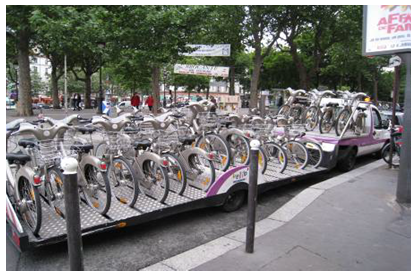
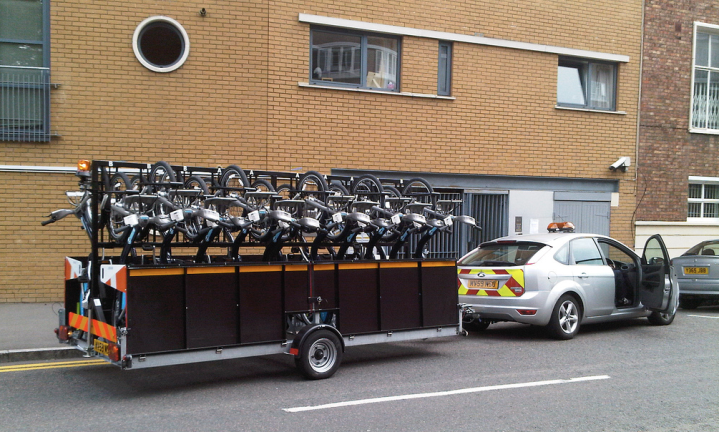
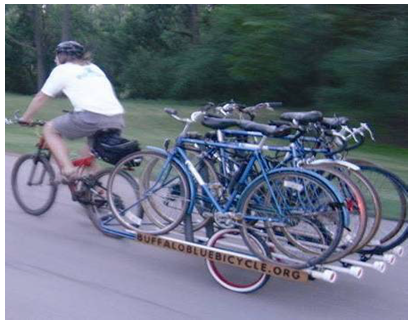
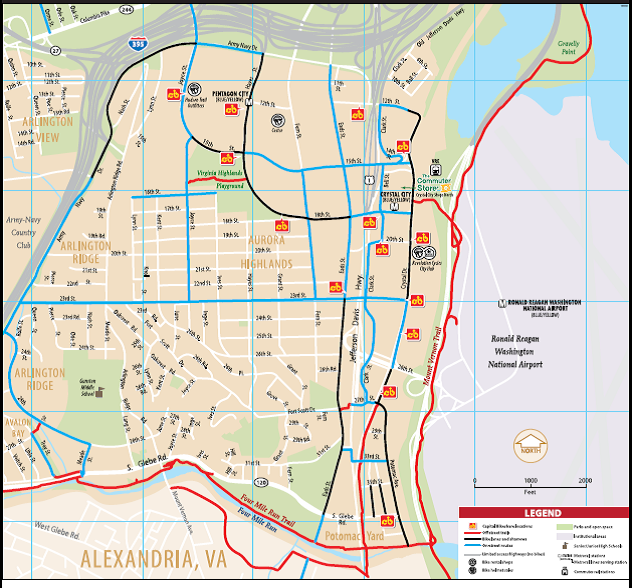
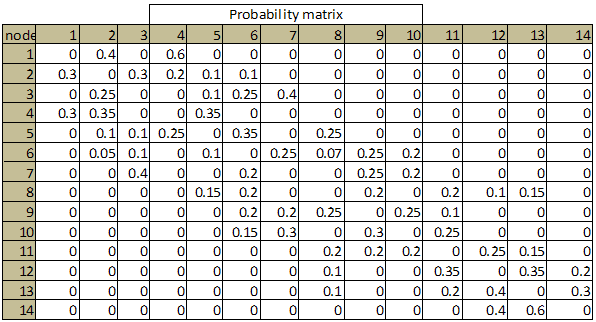

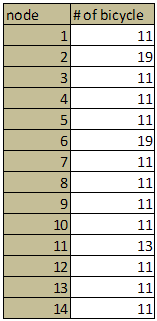 By applying the HITCHHIKER method, which is mentioned earlier, the below table is derived after ten times:
By applying the HITCHHIKER method, which is mentioned earlier, the below table is derived after ten times: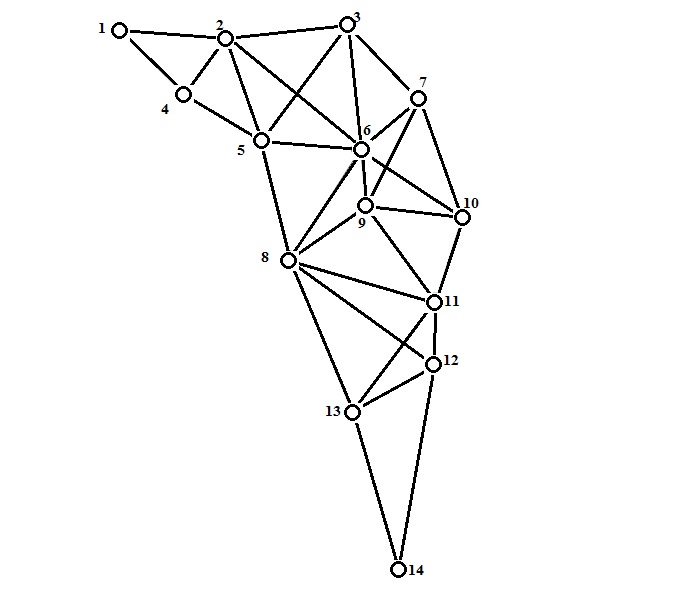
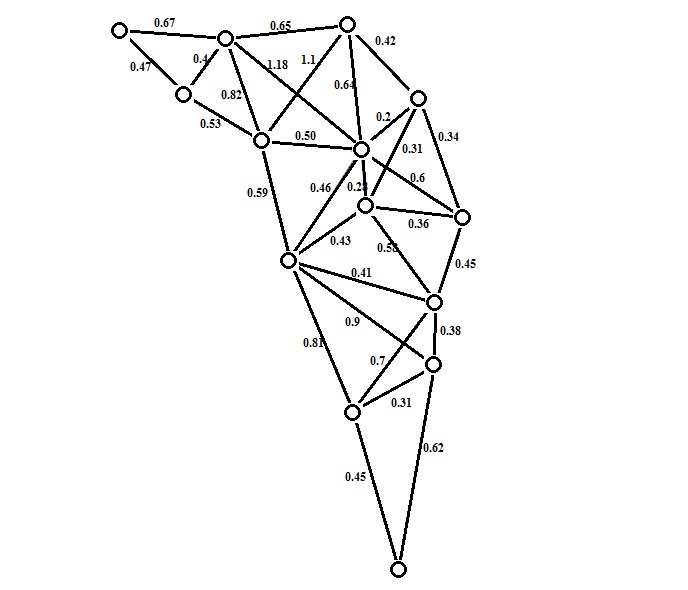
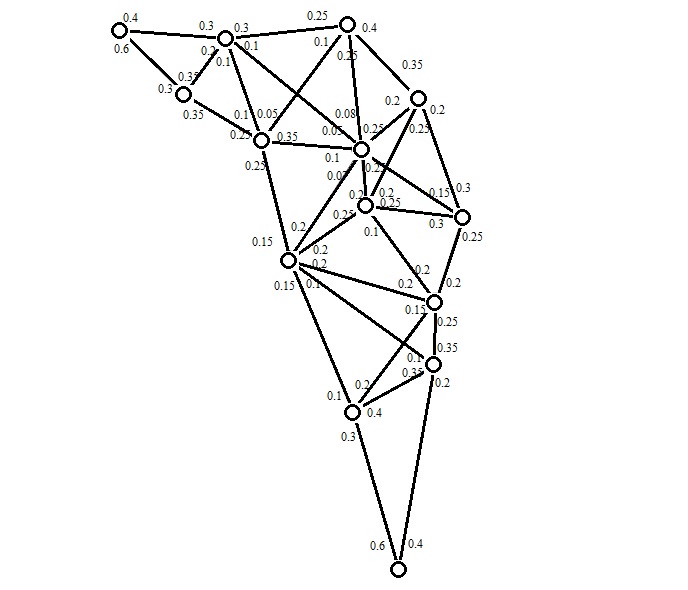
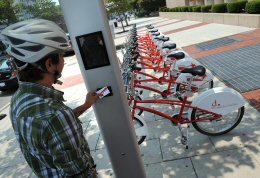
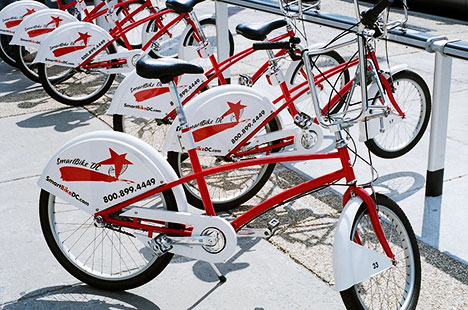
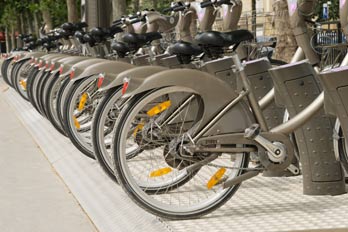
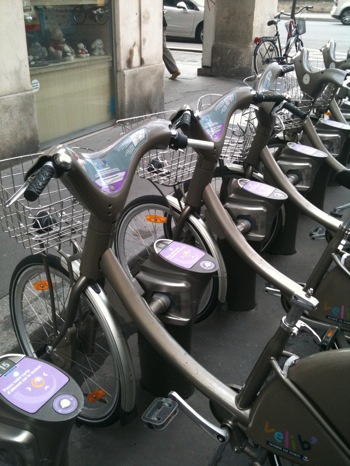
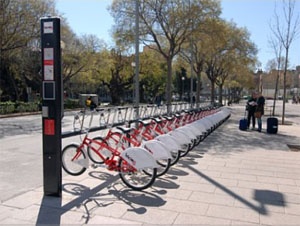

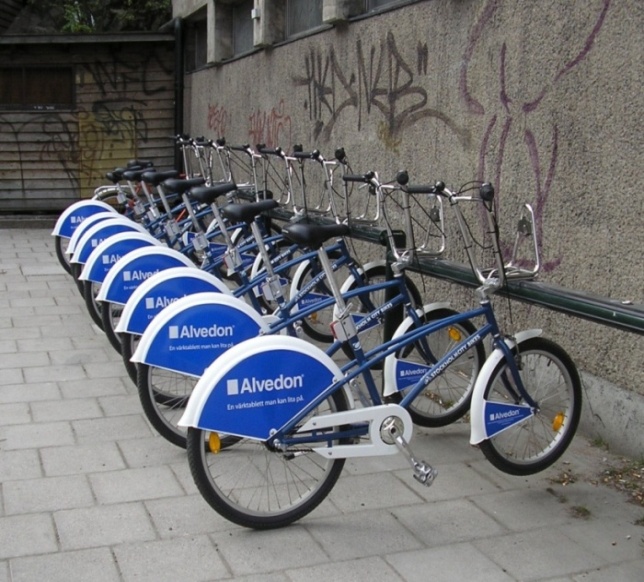
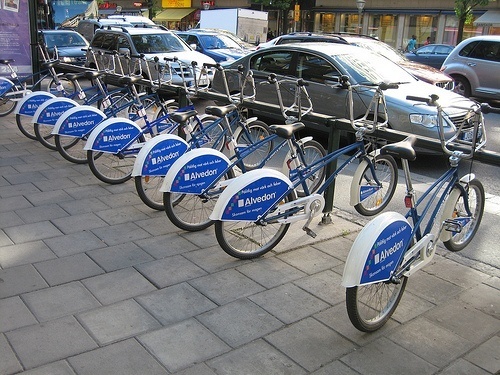
 Abstract
Abstract Reference
Reference Full-Text PDF
Full-Text PDF Full-text HTML
Full-text HTML
